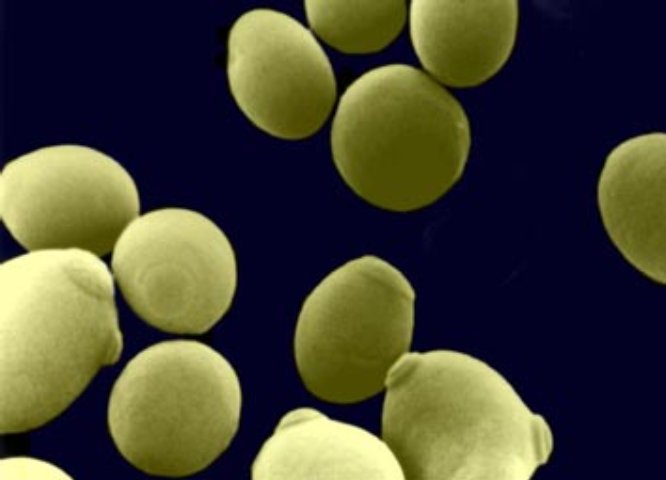A vast number of species depend on sexual reproduction for survival. Sex facilitates adaptation and rids populations of deleterious mutations. Despite the benefits of this process, sex can be remarkably costly and disrupt already advantageous genetic combinations. Only 20% of fungal species have been observed to reproduce sexually, and a long-standing mystery for researchers is whether a lack of observation indicates sex is truly absent or only infrequent.
Candida albicans is a commensal fungal species that is an opportunistic human pathogen — sometimes it lives benignly in the human digestive tract, and sometimes it causes deadly infections. Although this species can mate, mating has never been observed in isolates from humans. This observation is perplexing, considering that humans are thought to be the major habitat of the species. For C. albicans, sex is particularly costly, involving the loss of a chromosome, as well as a complex epigenetic switch. In the August issue of GENETICS, Zhang et al. explored whether mating was under selection, which would be expected if it is ultimately adaptive for this species.
In C. albicans, four genes at the MTL locus are required to mate. Zhang et al. determined if these genes maintained their function of controlling mating and if this function was under selection by comparing the number of nonsynonymous mutations to the number of synonymous mutations. They found the number of synonymous mutations greatly outnumbered nonsynonymous mutations, suggesting that genetic changes which interfere with gene function are minimized. This finding, in addition to evidence on the frequency of mutations that abolish mating, suggest that the process is under selection.
To be under selection, mating must generate progeny of increased fitness. Even if sexual reproduction is rare, significant fitness differences between progeny of sexual and asexual reproduction would allow the fitter genotypes to become more frequent over generations. By comparing growth rates in a novel environment of progeny of sexual reproduction with their ancestors, Zhang et al. show that mating produces fitter offspring, confirming the process is adaptive. Experiments in an animal model of commensal colonization indicated though that in the natural environment the progeny of mating rarely survives in competition with the parents.
The genetic defects that are necessary for mating occur quite frequently in populations of C. albicans, and doom strains to extinction. Mating can potentially fix these defects and save these strains from extinction. The researchers therefore suggest that mating is not costly to the species at all, as it is restricted to these strains that would have been doomed regardless. This benefit to the species as a whole may explain why mating remains under selection for C. albicans.
CITATION:
Zhang, N., Magee, B. B., Magee, P. T., Holland, B. R., Rodrigues, E., Holmes, A. R., Cannon, R.D., & J. Schmid (2015). Selective Advantages of a Parasexual Cycle for the Yeast Candida albicans. Genetics, 200(4), 1117–32. http://doi.org/10.1534/genetics.115.177170













